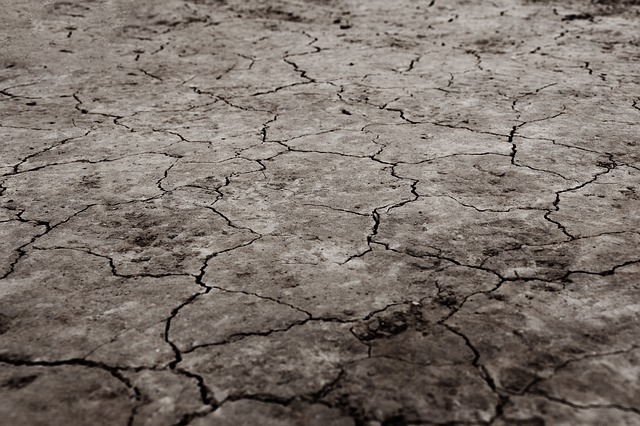Nuclear and isotopic techniques help the fight against land degradation
Land degradation is the result of a number of largely human-induced factors, such as poor soil and water management practices, deforestation, overgrazing, improper crop rotation and unsustainable land use. In turn, these can significantly affect soil fertility, resulting in diminished crop yields and food insecurity. Traditional methods of modelling and monitoring soil erosion usually require…
Ambitious landscape restoration target may be within reach
In September 2011, at a high-level meeting of world leaders, the Bonn Challenge was launched, with an ambitious goal to restore 150 million hectares of the world’s degraded and deforested land by 2020. This target was recently supplemented by the New York Declaration on Forests, which added an further 200 million hectares to be restored…
New report reveals the true cost of land degradation
Why we need to value our ecosystem services A recent report The Value of Land: Prosperous lands and positive rewards through sustainable land management published 15th September by the Economics of Land Degradation Initiative (ELD) estimates the value of ecosystem services lost worldwide due to land degradation at a staggering US $6.3 trillion to $10.6 trillion…
“Land Belongs to the Future, Let’s Climate Proof It” – World Day to Combat Desertification 2014
June 17 has been designated by the United Nations as World Day to Combat Desertification and Drought (WDCD). The slogan of this year’s WDCD is ‘Land Belongs to the Future, Let’s Climate Proof It’, which aims to ‘highlight the benefits of mainstreaming sustainable land management policies and practices into our collective response to climate change’. The…


